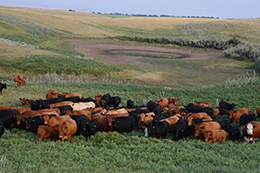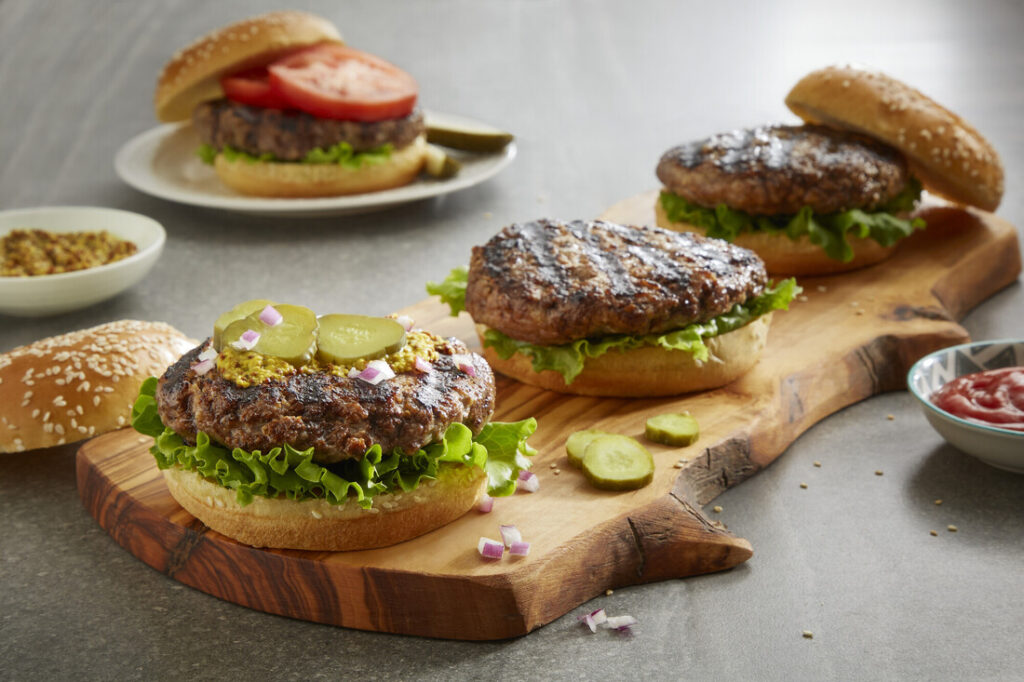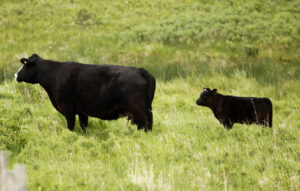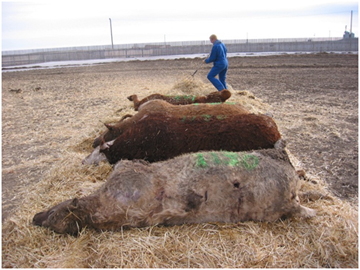-

November 24, 2015Blame it on the Rain This article written by Dr. Reynold Bergen, BCRC Science Director, originally appeared in the October 26, 2015 issue of...
Keep Reading -

November 17, 2015These Little Piggies Ate a Quarter Pounder a Day This article written by Dr. Reynold Bergen, BCRC Science Director, originally appeared in the...
Keep Reading -

November 12, 2015How to Improve Weaning Weights, Conception Rates and Calf Health: Webinar November 24 Update: Missed the webinar? Find the recording and check for...
Keep Reading -

November 3, 2015Methods of Deadstock Disposal to Reduce Predation: Webinar November 17 Update: Missed the webinar? Find the recording and check for future webinars on...
Keep Reading